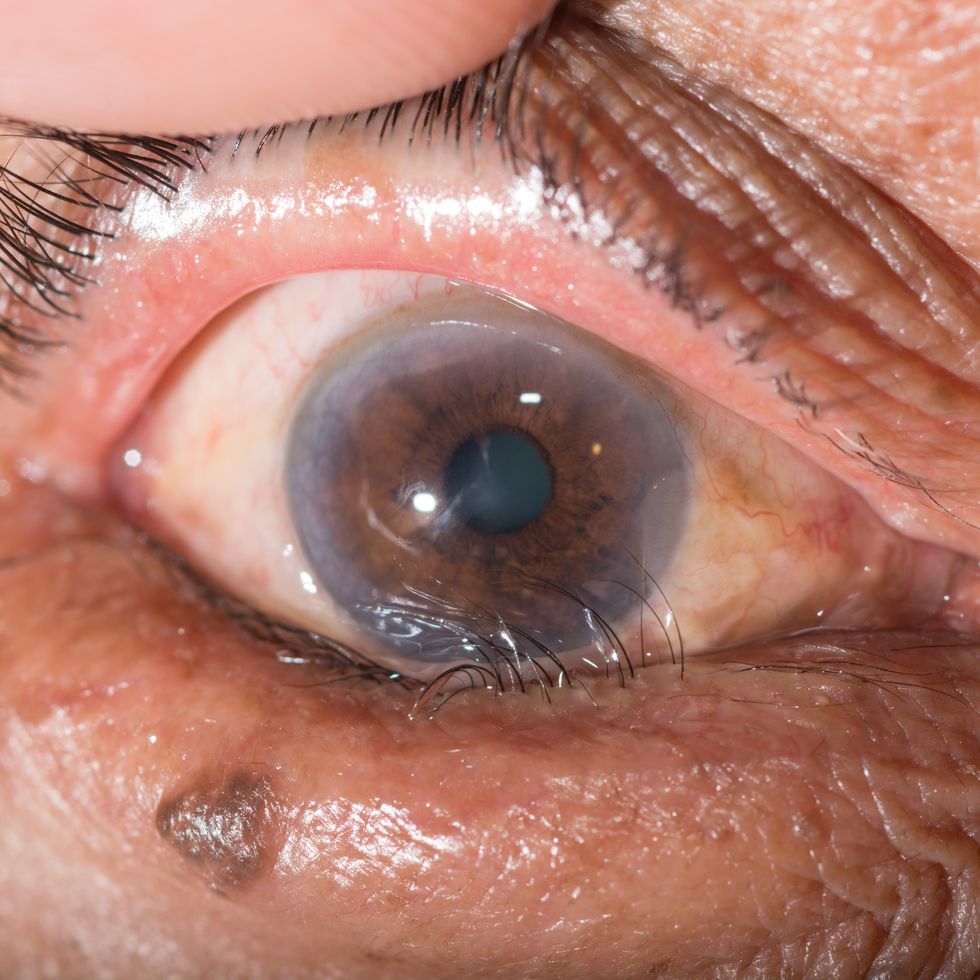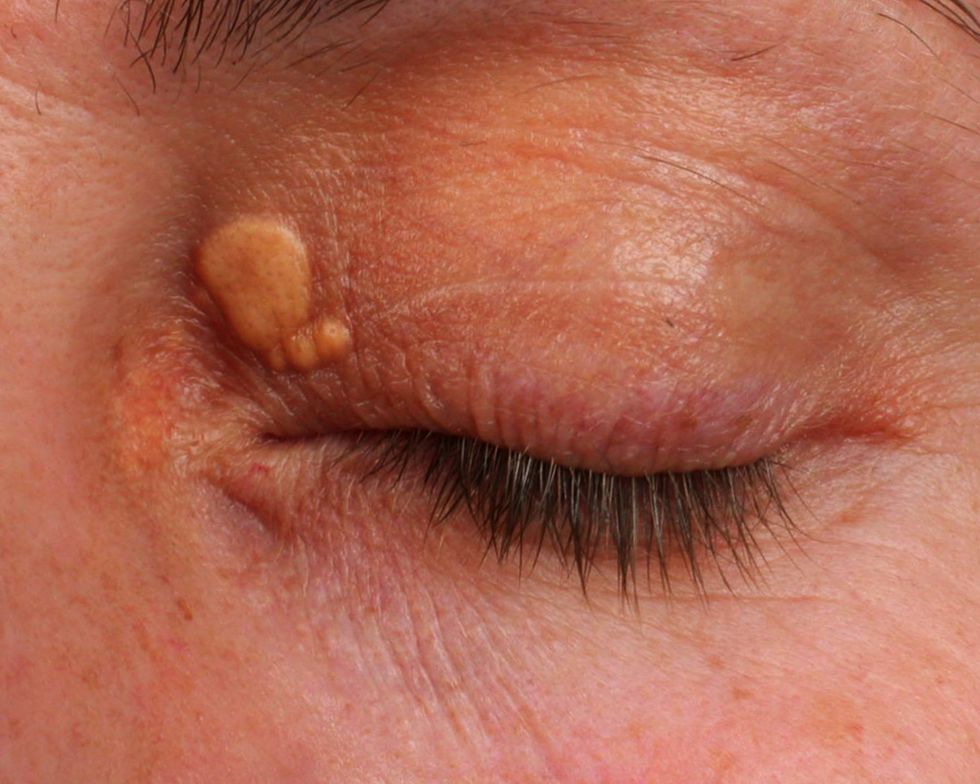'I'm a doctor and these are the high cholesterol symptoms you should look for in the mirror'

Physical indicators may manifest in various parts of the body, an expert has warned
Don't Miss
Most Read
Latest
While high cholesterol is notoriously asymptomatic, Britons are being urged to scan their bodies for physical signs of the condition that are easily overlooked.
The caution comes as co-founder of Newfoundland Diagnostics, Frederick Manduca, warned that despite being hard to spot, high cholesterol remains a dangerous condition.
"It's very hard to know whether you have high cholesterol, so it's important to keep tabs on it through GP check-ups and home testing," he said.
Frederick emphasised the importance of monitoring cholesterol levels, particularly with advancing age, and being aware of specific physical indicators that may manifest in various parts of the body.

Corneal arcus causes a greyish ring around the iris
|GETTY
One of the most visible indicators is a greyish ring around the iris, known as corneal arcus.
Frederick explained: "The ring has no real effect on your vision or how your eyes look from a distance, but it is an indicator of high cholesterol.
"If you have a corneal arcus in one eye, it may indicate you have a form of heart disease, so this is definitely something to get checked out."
This eye condition can serve as an early warning sign of cardiovascular problems, making regular eye examinations particularly important for detecting potential cholesterol issues.
Another warning sign is the appearance of small yellowish deposits on the skin or around the eyes, called xanthelasma.
Frederick explained: "These are called xanthelasma: small deposits of excess cholesterol that your body can't handle. Xanthelasma themselves are harmless, but [it's] a sign that there could be a deeper issue."
More concerning are tendon xanthomata, which cause painful swellings on the knuckles, Achilles tendons and knees.
Frederick explained: "They are typically slow-growing, firm and yellowish. While Xanthelasma are harmless, tendon xanthomata are painful and tender when you move or when pressure is applied.
"So, it's good to get these checked out from a discomfort perspective, as well as for the health of your cardiovascular system."
LATEST DEVELOPMENTS
 Xanthelasma are yellowish bumps that often appear around the eye | GETTY
Xanthelasma are yellowish bumps that often appear around the eye | GETTYFor men, erectile dysfunction can serve as an unexpected indicator of high cholesterol. Frederick shared: "It can be an indicator of high cholesterol, rather than just a lack of teenage testosterone.
"High cholesterol causes the arteries in the penis to narrow, making it more difficult to achieve or maintain an erection."
He added: "So by taking note of your cholesterol, you might be able to bring back some of your former glory into your relationship."
Regarding the age when these symptoms typically appear, Frederick noted that signs can emerge as early as age 20, but the risks increase substantially after turning 40.











